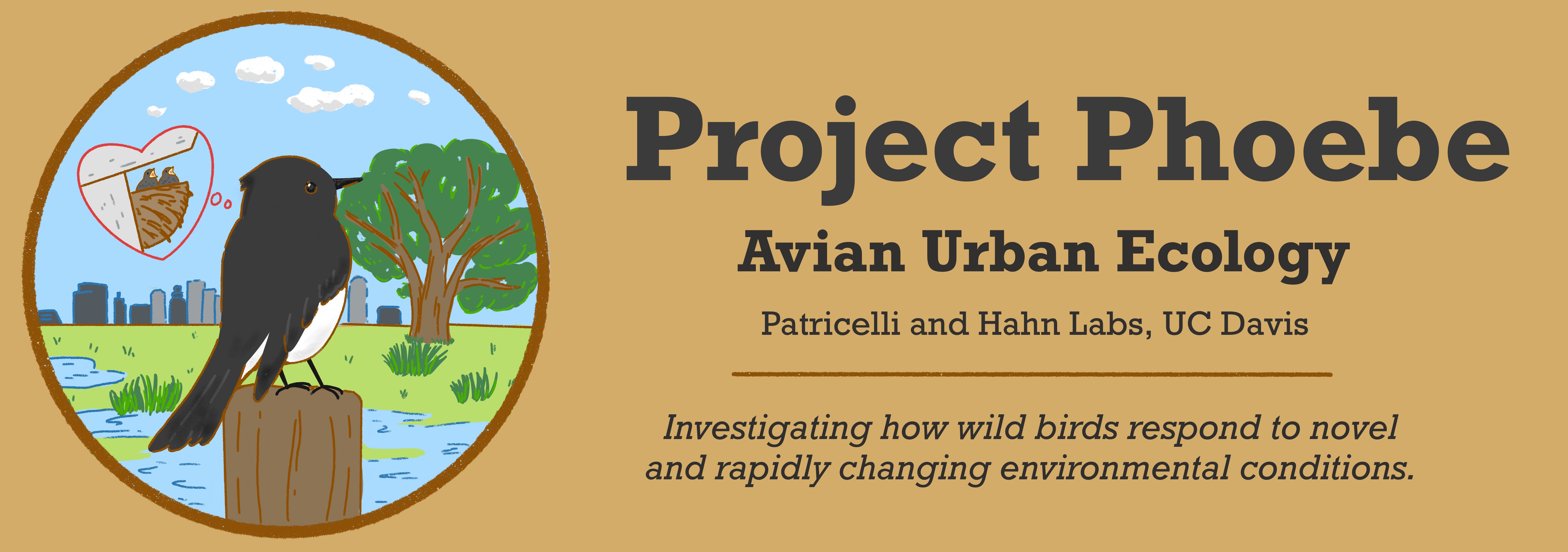July Fieldwork Update: Heat Waves and Final Days
Summer is fully upon us as well as all of our feathered friends! You may have heard those classic lyrics, “it’s summertime, and the livin’ is easy,” but is it really easy living this time of year? Well, if you’re a grad student like us or any other sort of student, you might answer “yes!” After all, I know I’m grateful for these summer months without classes during which I can just focus on all things Phoebe. However, if you’re a bird, you might want nothing more than for summer to end!
Here in California’s central valley especially, summer can be a challenging (even deadly!) time for wildlife. The local highs are in the 90s for weeks on end and can easily be pushed into scorching 100s by heat waves. Many wild animals employ changes in their physiology or behavior to stay alive and continue going about their business during this season, but they can still reach a limit. Adult Black Phoebes seem to be pretty savvy about the central valley heat, as they stick to the shade and avoid foraging too intensively during the hottest part of the day. Black Phoebes can also cool themselves by pulling their wings away from their bodies, opening their bills and breathing quickly (a behavior similar to panting). We’ve even heard tell of Black Phoebes who “play” in sprinklers to stay cool!
Sadly, nestling Black Phoebes have a much harder time with the heat. At very early ages, songbird nestlings are not able to regulate their own body temperature and may therefore be very susceptible to extreme temperatures. Even once they develop this regulatory ability, they still must make it through the rest of their development confined to the microclimate of their nest – they don’t have the option to avoid heat spatially like their parents – and nests can get REALLY hot, depending on where they were built and what they were built with. During heat waves, our team has recorded air temperatures of up to 130℉ immediately around Phoebe nests that were built on metal surfaces or above stretches of asphalt. Under conditions like these, survival is often tragically out of the question. So, while our team’s nest monitoring activities were already winding down as of our last update post, they have now officially concluded. It’s certainly bittersweet! It’s a somber call to action that our season and several nesting attempts were ostensibly cut short by extreme heat. Still, we’re so proud of the work we have all put in over the many months of this field season, and we’re also so proud of all the Black Phoebe families (riparian and urban alike) that have faced and overcome many other challenges.
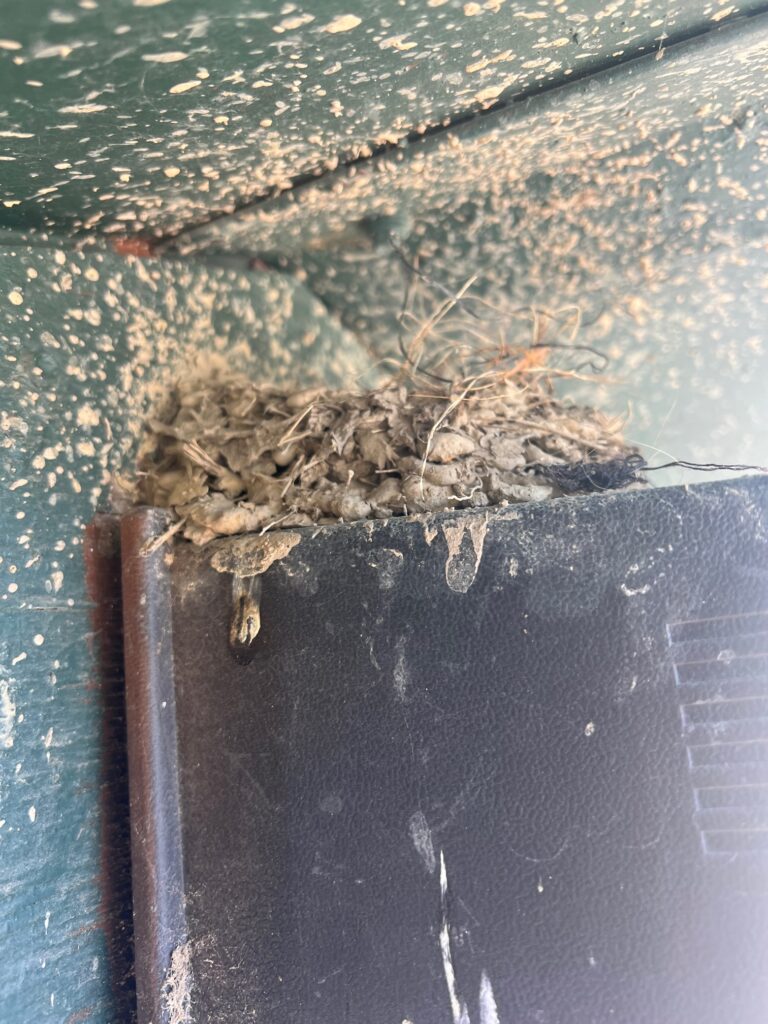
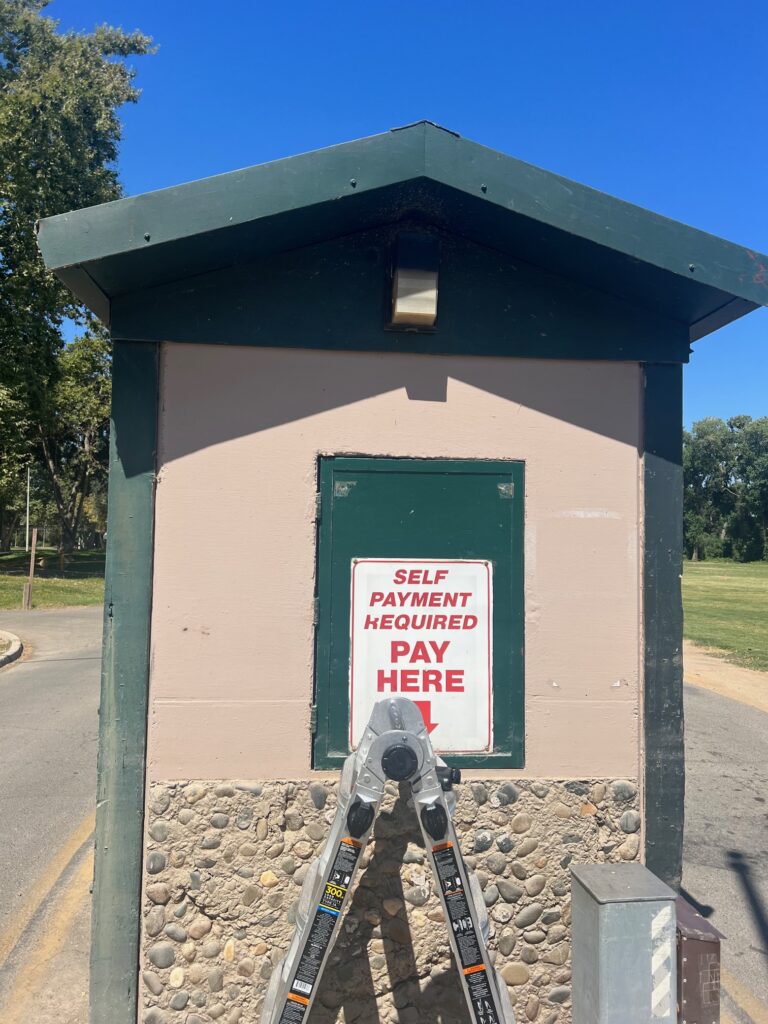
With no nests to monitor, our diligent team has shifted to a number of other activities (that are still very science-y, albeit maybe not as glamorous as hanging out with baby Phoebes every day and painting their nails). First and foremost, we have SO. MUCH. DATA. from the >40 nesting attempts we monitored that we cannot wait to share with the community, our stakeholders (i.e., local parks departments and preserves), and the scientific community. As you know, we sincerely hope this data will provide insights soon that can help Black Phoebes and other urban birds thrive. To make this happen, we are keeping busy entering, tidying and proofing our data. Additionally, we have started and completed other sorts of fieldwork. Throughout this month, we have revisited each of our nesting sites to collect important metrics about the habitats in which Phoebes built their nests, and we have also collected metrics about the nests themselves, such as their dimensions and what materials were used to line them.
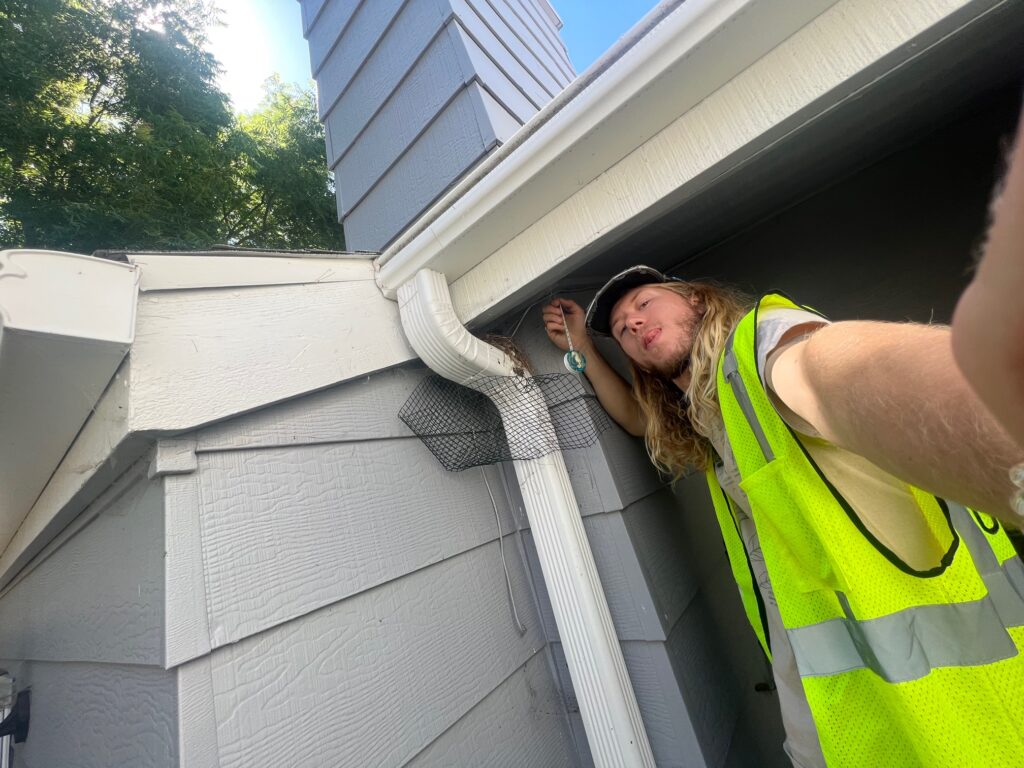
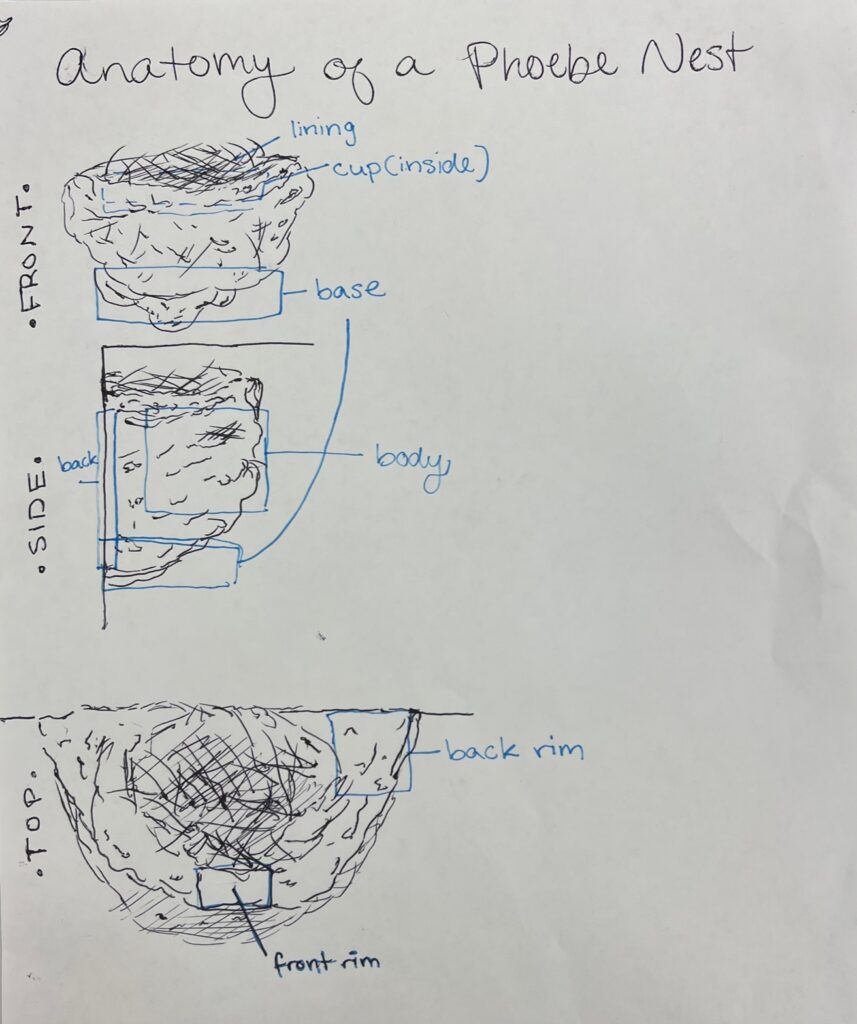
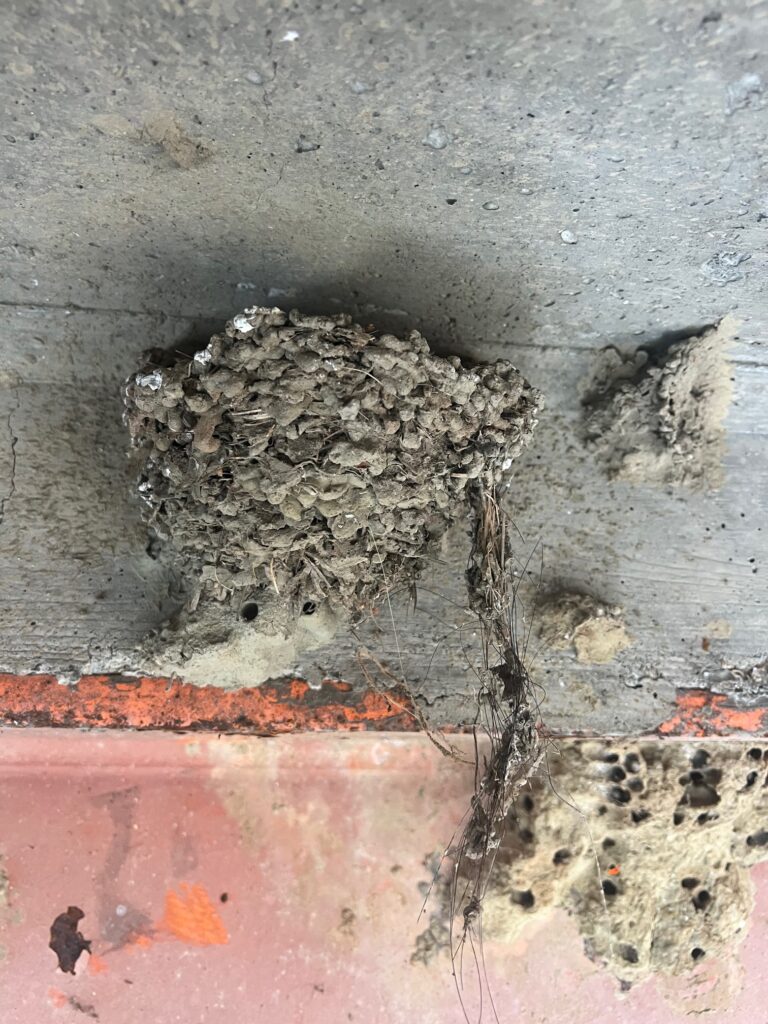

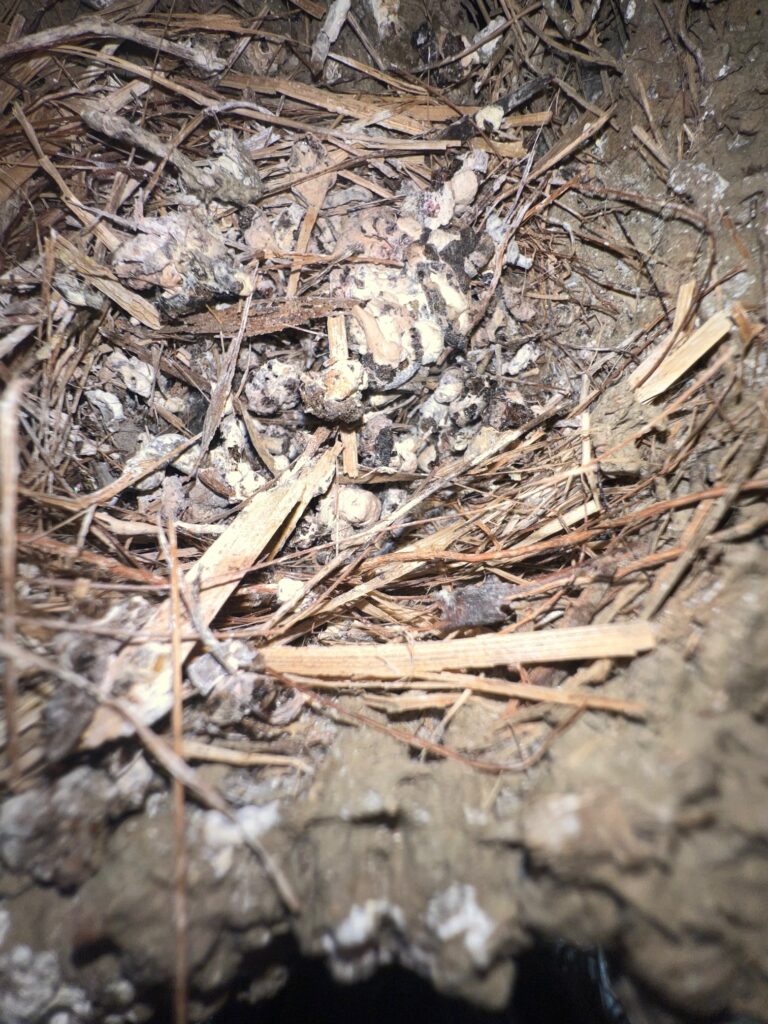
Looking forward, you may continue to see us in your local park or preserve, as we are conducting some final fieldwork to learn about Black Phoebe foraging behavior as well as how aspects of their behavior might shift now that they are no longer nesting and there are so many juveniles out and about. After that, we’ll keep you updated about our findings and ways that we plan to share them, such as presentations, outreach events at our partner sites and (eventually) publications. Thank you for joining us this season — we have cherished every moment working in and with our local communities, as well as, of course, with these wonderful, crafty, resilient and inspiring birds! – Ian <3
